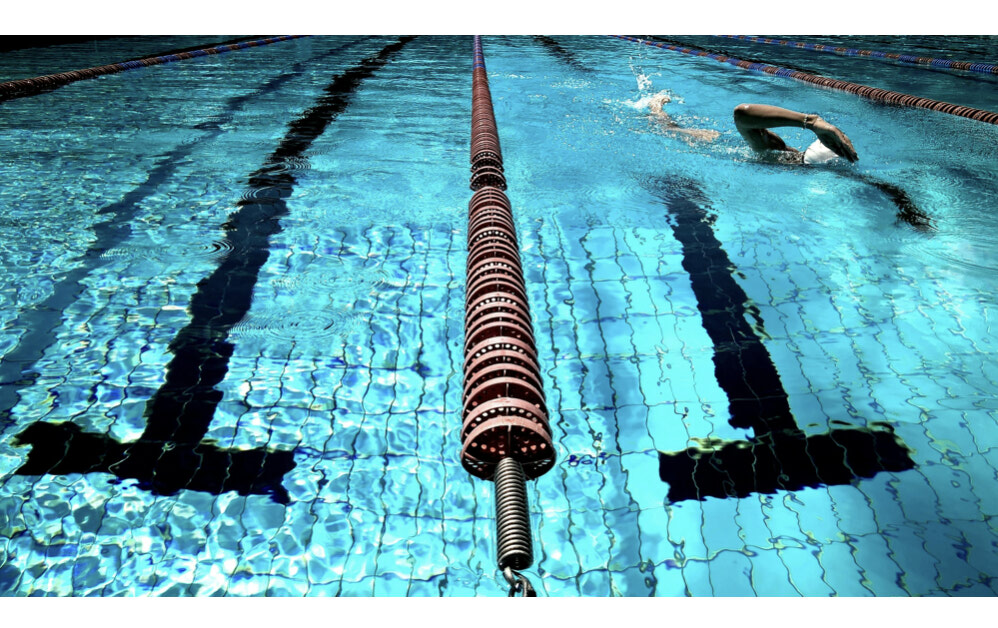Swimming Canada sounding alarm: lack of pools increases drowning rates
Lily Ryan
Canada has a poor number and quality of community swimming pools. Swimming Canada alerted the public to a key problem with the country’s support of public swimming opportunities. Drowning numbers, again more high than should be for this athletic country, are correlated to low pool numbers.
Swimming Canada is a national organization dedicated to swimming. Their officials pointed out recently that there are some 5,060 publicly owned pools (from 2020). Gatineau is no exception when it comes to aging pool infrastructure. Between outdoor seasonal pools and interior city pools, the closure rate for Gatineau’s pools is alarming. Swimming Canada says over half the municipal pools in Canada are near the end of their life.
At a time when provinces have cut funding to cities and a decade after downloading responsibilities to municipalities, the financial pressure on municipalities is a challenge for city services such as building new pools, heating them, staffing and maintaining them.
The alternative to ensuring the public has plenty of swim time is lethal, literally. While not as damaging as the province’s deteriorating health care infrastructure, the trauma of swimming deaths is a real aspect of living in Outaouais.
Here in the newsroom, we have a regular rotation of a fatal fall atv accident, a winter snowmobile death, a spring atv accident and summer drownings. If a news team can rely on the clockwork fatalities such as these, so can Swimming Canada, and so can Gatineau city services.
City pools aren’t just about cooling off or about staying fit. There is a low-grade, established comfort with how to behave in water that comes with regular pool, river and lake access. This familiarity makes all the difference in a potential drowning. Children can drown within 20 seconds, silently.
These are the three main skills everyone should learn so that if they encounter trouble in the water, offering a higher likelihood of survival: 1. Stay calm, 2. roll onto the back, 3. call for help or paddle to safety.
But taking swimming lessons in school or at summer camp is not enough. Having regular, ongoing time in the water, throughout life, is the key to having a fighting chance in the case of emergency – and always wearing a lifejacket when using watercraft. The regular swim time, in Gatineau, means the pools are reliably open, not freezing cold and not over-packed.
This summer has been another difficult one for Outaouais families. There were too many drownings, again. One drowning is too many, let alone the several we covered in the newspapers and more we may not know about. Can the city leadership do its part?

